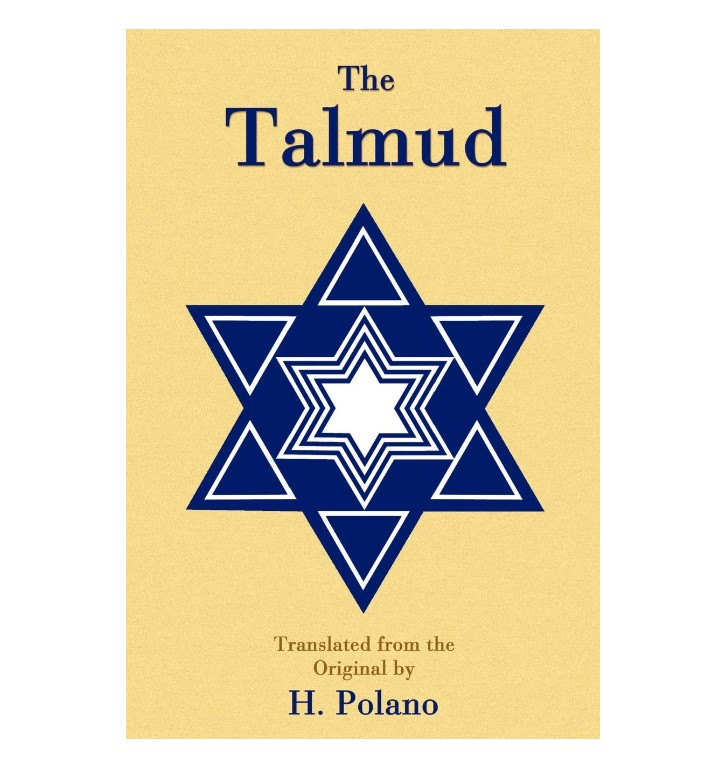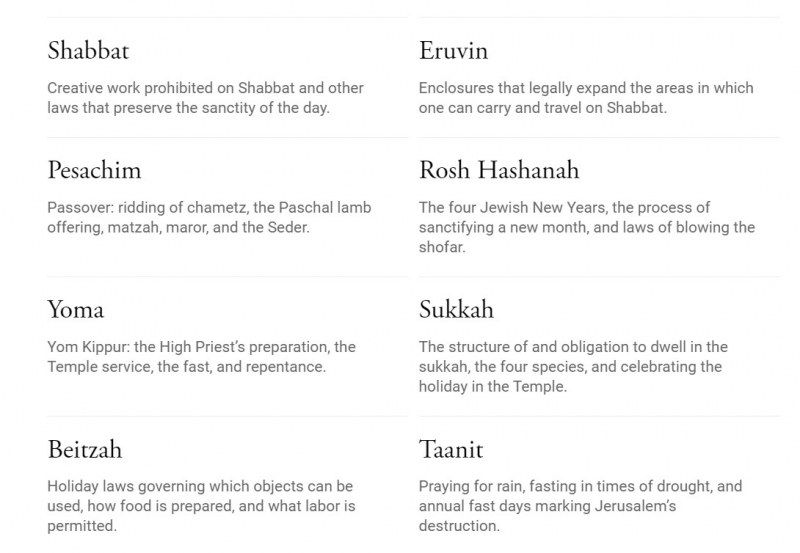Talmud

Among the most sacred texts of Judaism is the Talmud, which means "study" in Hebrew. The Talmud is a big collection of writings about Jewish laws and traditions. It was put together and edited between the third and sixth centuries.
It's written in a mix of Hebrew and Aramaic and has a lot of teachings and discussions from important schools in the Holy Land and Babylonia. There are about 2,711 pages filled with lots of information, and people spend their whole lives studying it because there's so much to learn, with many additional explanations and thoughts written about it.
The Talmud has two main parts: the Mishnah, which has Jewish laws and was written in Hebrew, probably around 200 C.E. in Israel; and the Gemara, which are the discussions and explanations about the Mishnah. The Gemara was written in Hebrew and Aramaic in Israel and Babylonia over the next 300 years.
There are two versions of the Talmud: the Y’rushalmi or Jerusalem Talmud (from Israel) and the Bavli or Babylonian Talmud. The Babylonian Talmud, made after the Jerusalem Talmud, is more famous and is usually seen as more important than the Jerusalem Talmud.
The Talmuds, which are books of law, are quite different from the Mishnah in how they're written and their approach. The Talmuds, especially the Babylonian one, are all about debate. They use a style where ideas are brought up, challenged, argued against, and changed through a back-and-forth of discussion and counterarguments.
Link to buy: https://www.amazon.com/Talmud-H-Polano/dp/1585092371/
Link to read: https://www.sefaria.org/texts/Talmud











